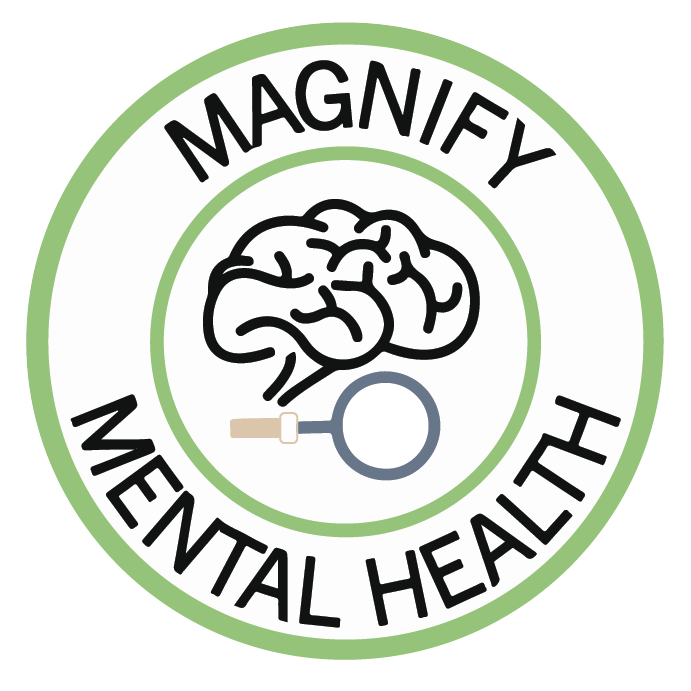Let's Break Down Epigenetics
Produced by: Hope Daluisio
Epigenetics is a big word that simply describes how your genetics and environment around you can affect your state of mental health. Watch Brodie’s story above to find out exactly how epigenetics can be played out.
How Genes and Environment Can Affect Mental Health
When it comes to mental illness, genes and environment go together like peanut butter and jelly. In other words, both genes and environment equally influence one another when it comes to the development of a mental illness.
According to the American Psychological Association, the emerging area of epigenetics examines the ways in which environmental factors change the way genes express themselves. Environmental factors are what could trigger already existent genes to be turned on or turned off, expressed or not expressed.
In fact, the environmental factors that trigger the development of mental illness can actually start before an individual is even born. This is through maternal stress, in utero exposure to infection, lack of nutrients and perinatal complications.
After birth, people are then exposed to different things in their physical environments, such as toxins, air pollution and different weather conditions. Think about the difference between living somewhere where it is typically dark and gloomy, versus living somewhere where it is always green and sunny.
A person with a specific genetic makeup who lives in an area with more sunshine and greenery has more exposure to vitamin D, making an individual more energized, motivated and probably less stressed. Where as, a person living in an environment with an excess of rain, cloud skies and a lack of sun, could be deficient in vitamin D, which can lead to depression, anxiety, fatigue and more.
It is important to keep in mind that the relationship between environment and mental illness goes much beyond weather and nature, though. Whether it is at work, at home or in another habitat, an individual’s daily environment will always have direct impact on their mood, behavior, levels of motivation and stress and more. This could swing both ways, having either a positive or negative affect on their life.
Humans experience a whole array of external events that can interrupt the daily environment that they live in. This ranges from trauma, to abuse, relationship problems, a poor family life, chronic stress and more.
When a person’s environment is affected by something such as the abuse of alcohol or drugs, violence, unhealthy relationships, or simply not sleeping and eating enough, they may end up suffering from a mental illness. This is, again, much more likely if an individual already has a genetic history of mental health problems in their family.
Written by: Angelina Miller


This work is licensed under a Creative Commons Attribution-NonCommercial-NoDerivatives 4.0 International License.

